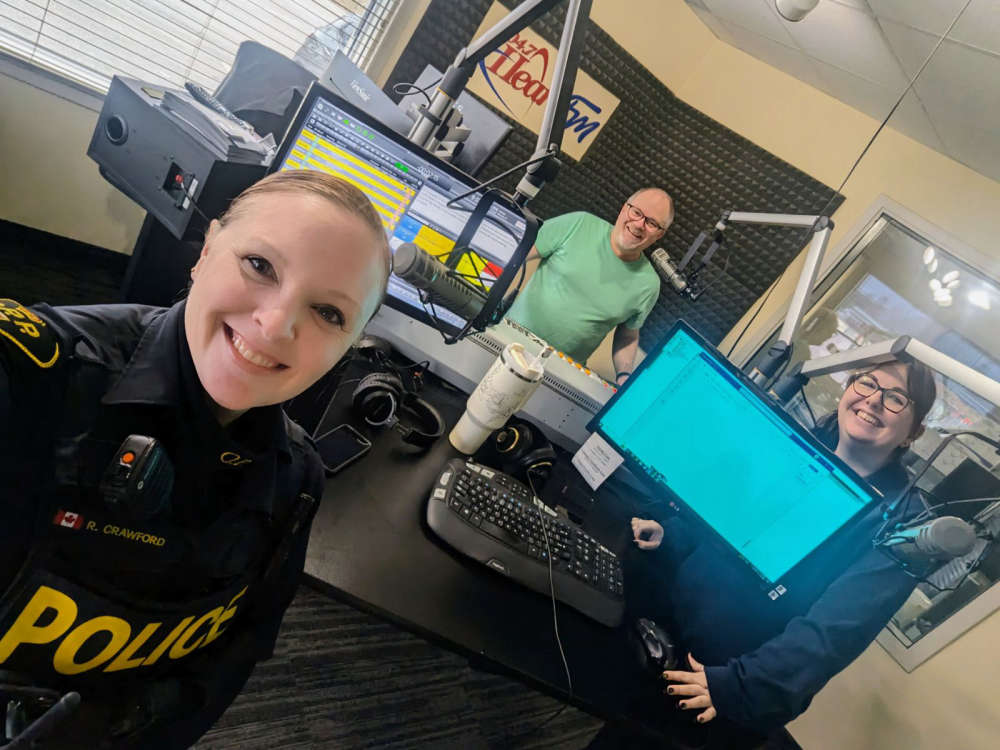
Randi Crawford with the Oxford OPP was back in the Heart FM studio for the April edition of Tip Tuesday.
OXFORD COUNTY - Off-road vehicles on roadways, turning left at a busy intersection, road closed signs during crash investigations, and the upcoming speed limit change for Highway 403.
Randi Crawford, the Community Safety and Media Relations Constable with the Oxford OPP, addressed all of these matters during the April edition of Tip Tuesday on the Heart FM morning show.
Crawford answered the following four questions during this morning's segment:
1) The speed limit on Highway 403 between Woodstock and Brantford will increase from 100 kilometres per hour to 110 kilometres per hour on July 12th this year. What are your thoughts on this? How will this impact local highway traffic in our area?
Crawford says the province has been implementing this speed limit adjustment on different sections of highways across Ontario over the past few years. The results have been very positive, because the highways are designed for the 110 km/hr speed limit.
That being said, Crawford says those who are already speeding on the highway should not take this as encouragement to go even faster.
"For all of you who have been going 110 km/hr this whole time in a 100 zone, you were breaking the law but now you're not. You're going to be in compliance at 110 km/hr, but that does not mean you now go 120 km/hr or 130 km/hr because that's not what this is all about. The government is trying to make traveling more efficient for Ontario drivers and also there are other provinces in Canada that are at these higher speeds, so they are just bringing us up to speed so to speak."
She adds the fine for stunt driving will continue to apply at 150 km/hr, which would result in a 30-day roadside vehicle impoundment and a two-week license suspension. Upon conviction, you could face a fine between $2,000 and $10,000 along with six demerit points, jail time, and you could lose your license for a year.
2) When there is a road closed sign due to a crash investigation in the area, are you allowed to drive past the sign if you live on the other side and before the crash site?
Crawford says the simple answer is no, but there is a good reason behind it
"Sometimes when we are investigating a collision, it can span over kilometres. So we want to be able to gather that information without extra tire marks and foot traffic. The other thing is, they're put up for a fatal or serious collision or they could be closed because sometimes people fail to remain at a collision, so it could be that we are out there trying to find that person or persons. We could have our K9 out there, we could have our Emergency Response Team out there, and at the end of the day we don't want people walking or driving in an area where this person could pop out, you could get injured or you could throw off the trace."
Crawford understands that this might be an inconvenience for some people, but the OPP wants to make sure everyone gets justice at the end of the day.
3) Can snowmobiles, golf carts, and motorized trail bikes be driven on city streets and county roads?
Crawford says this is up to the municipality you live in. She also explained some of the laws according to the Off-Road Vehicles Act and the Motorized Snow Vehicles Act for the areas that do allow this.
"If it is not prohibited in your municipality, for any road usage all operators must be 16 and have a minimum G2 license and this includes driving it directly across the road. Often times people will say that they have a farm and they want to get from one field to another, but they have to be 16 to be able to cross that."
Off-road vehicles have to drive on the far right shoulder of the road whenever possible or on the far right side of the road. They can only go up to 20km/hr in a 50 zone, and up to 50km/hr in an 80 zone. They're not allowed on any 400 series highway.
You also must wear a helmet and the vehicle must be registered, plated, and insured. You can't have any passengers under the age of 8 and you can only carry as many passengers as the seating allows.
The headlights and tail lights must be on between sunset and sunrise, and whenever the weather calls for it.
If the off-road vehicle is being driven on private property, Crawford says it can be legally operated by someone under the age of 12, but they must be with the vehicle owner and under close supervision.
4) If you are at a controlled intersection, are you able to inch into the intersection and wait until you can safely turn left?
Crawford says you are not allowed to enter an intersection unless you know you can leave it safely before the light changes.
"So let's say for example there is one car coming your way, you can probably estimate that you are going to be able to enter the intersection to make that left turn. So in that case, absolutely because you both pull forward, you take ownership of the intersection, you indicate that you're turning left, and once they have gone through with the right of way you can make your turn because we were able to go it before the green light changed. But if you are to the point where there is a big line of traffic and you're not sure if you will be able to finish the left turn, then you have to wait at that white line where the crosswalk is before entering."
If you get stuck in the middle of the intersection on a red light, Crawford says you could be charged with failing to yield and not turning safely, which could result in a $110 fine and two or three demerit points. This also applies to vehicles that get stuck in the intersection while trying to drive straight through when traffic is backed up.
Crawford says this rule is in place because so many crashes happen at intersections.
The next Tip Tuesday is scheduled for Tuesday, May 28th and you can submit a question online here.



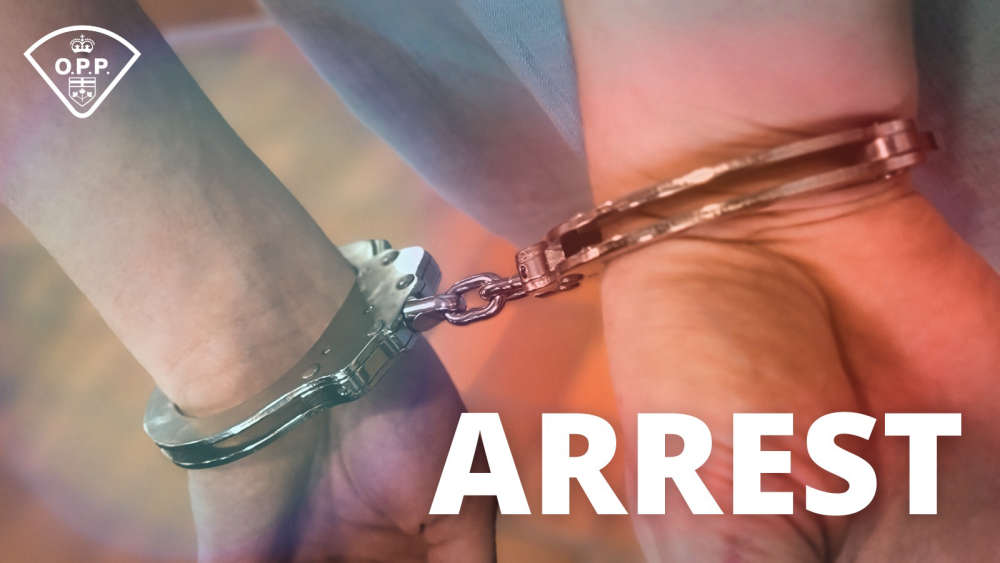 Multiple Charges Laid in Thames Centre
Multiple Charges Laid in Thames Centre
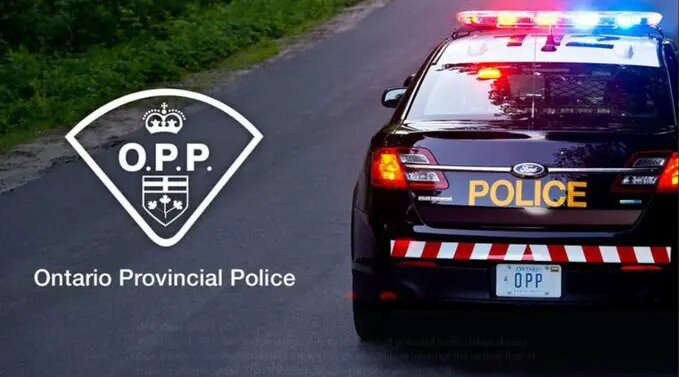 OPP Conclude ‘Stay Focused’ Campaign
OPP Conclude ‘Stay Focused’ Campaign
 3 Vehicles Stolen in Norfolk
3 Vehicles Stolen in Norfolk
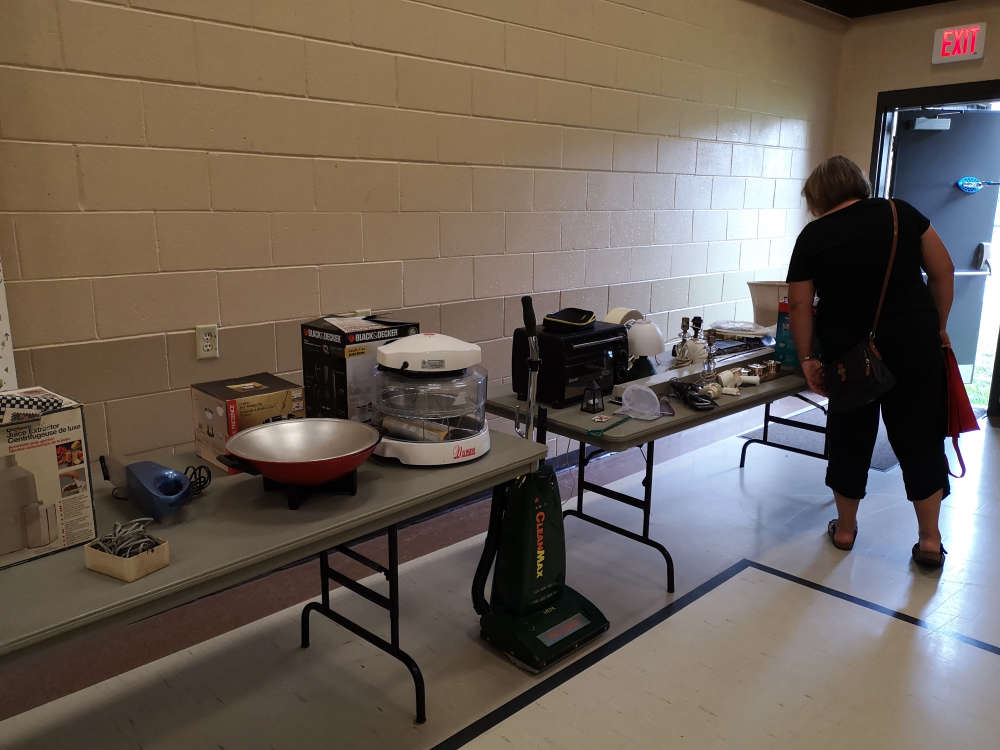 Reuseapaloozaha is Back
Reuseapaloozaha is Back
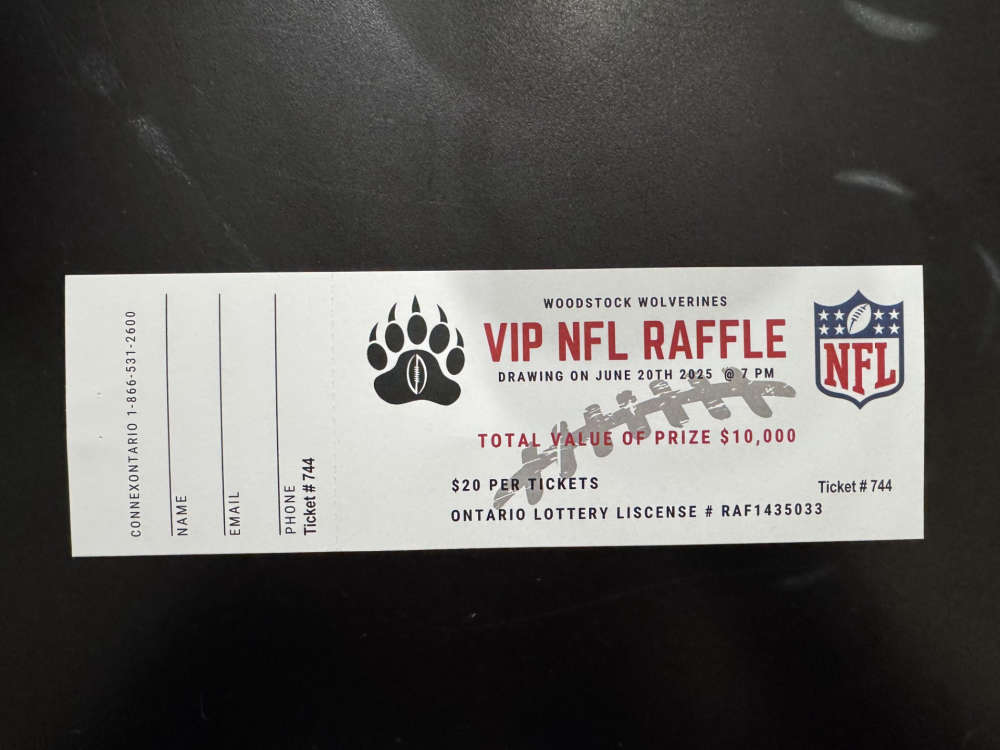 Fundraising Raffle for Woodstock Wolverines
Fundraising Raffle for Woodstock Wolverines
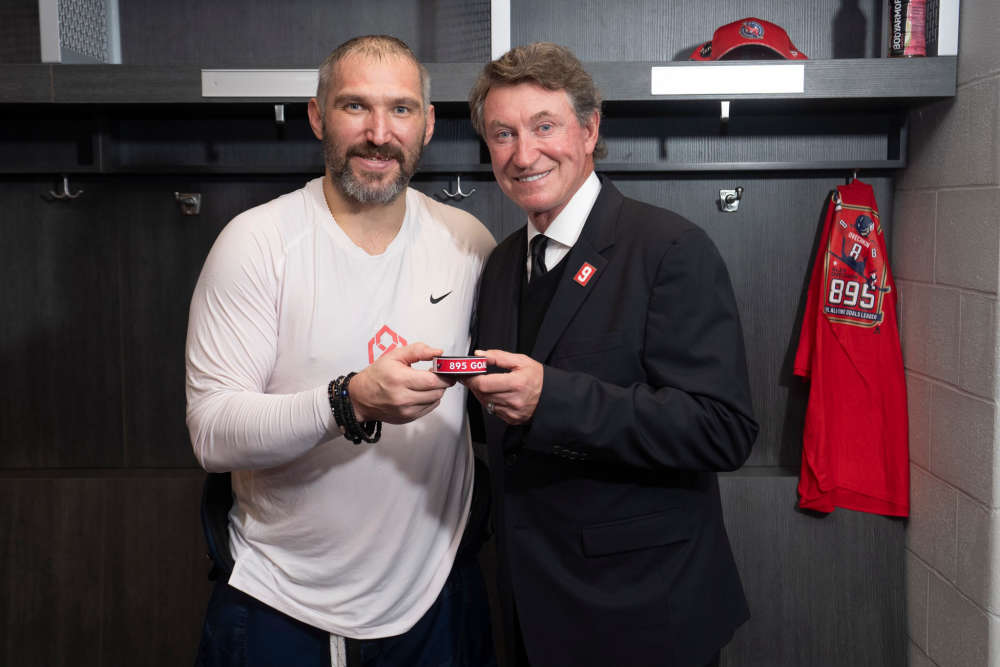 Ovechkin Surpasses Gretzky for NHL Goals
Ovechkin Surpasses Gretzky for NHL Goals
 Ingersoll Parking Survey Closes Today
Ingersoll Parking Survey Closes Today
 SWOX CAO Announces Retirement Plans
SWOX CAO Announces Retirement Plans
 WFD Presents 2024 Report to City Council
WFD Presents 2024 Report to City Council
 Council Awarded Organizations with Community Grants
Council Awarded Organizations with Community Grants
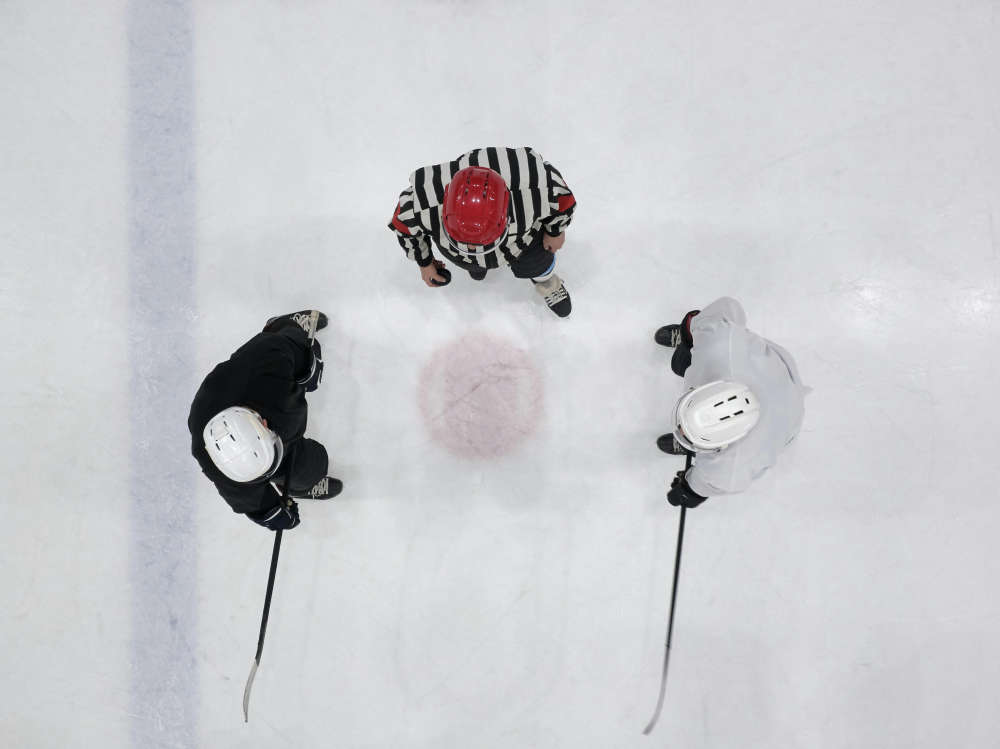 Battle of the Badges this Weekend
Battle of the Badges this Weekend
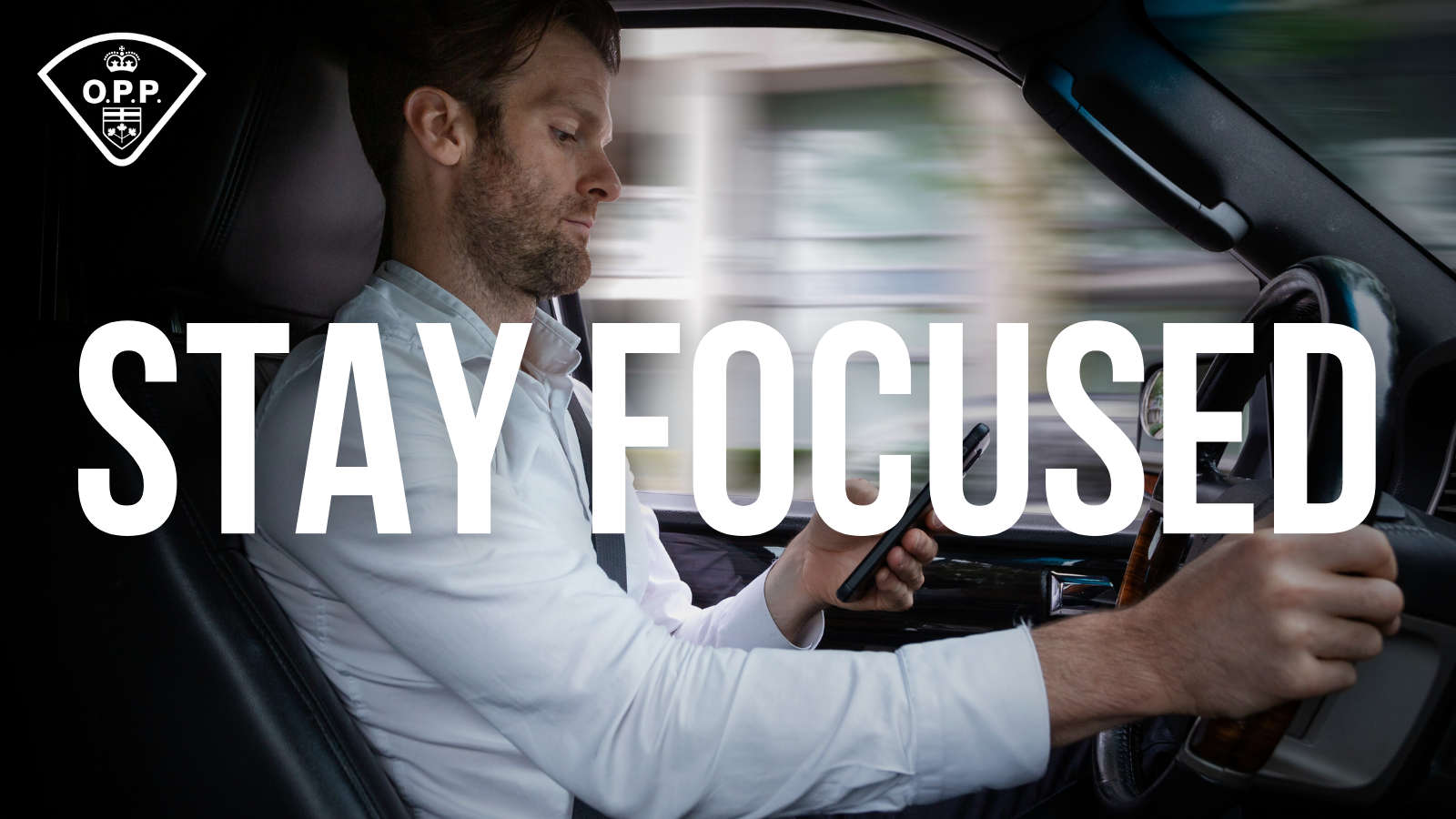 OPP Reminding Drivers to Stay Focused
OPP Reminding Drivers to Stay Focused
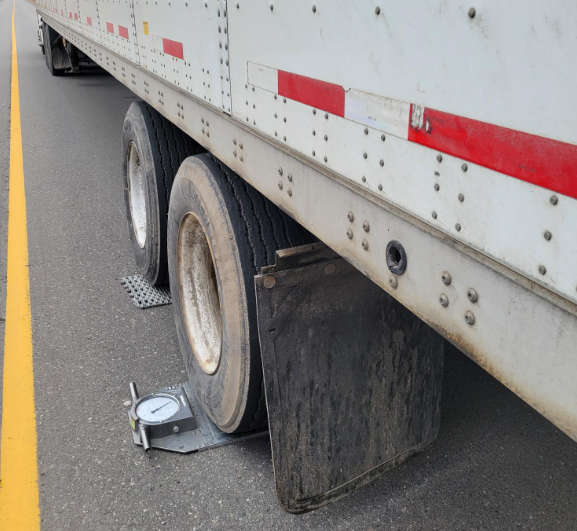 Reduced Load Campaign Continues in Oxford
Reduced Load Campaign Continues in Oxford
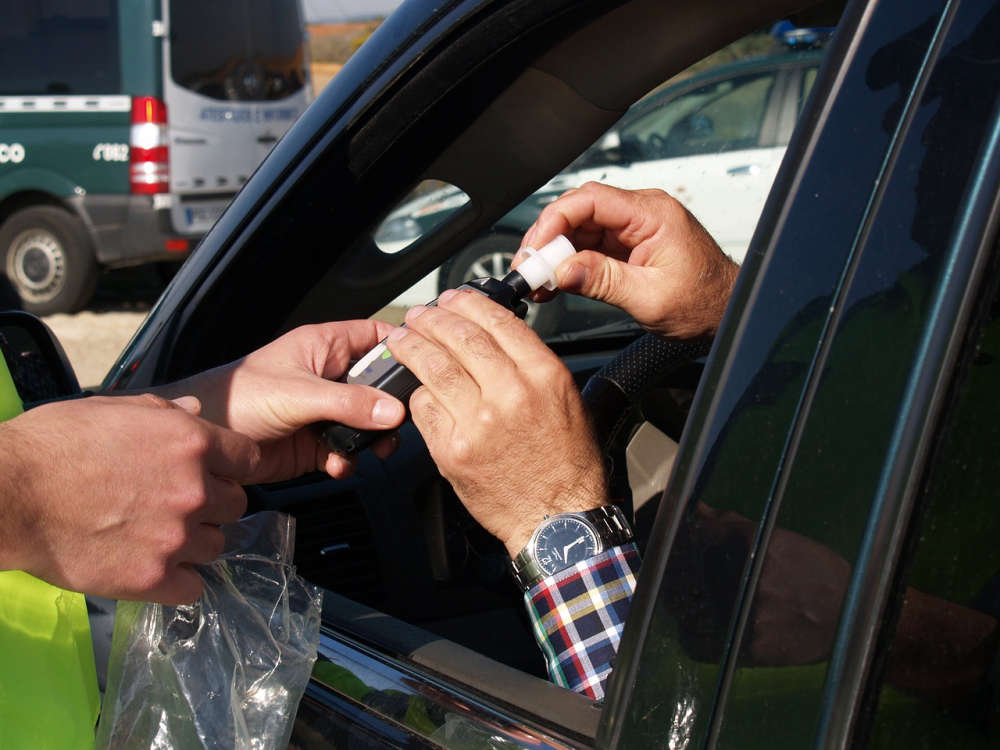 Five Impaired Drivers Charged in Oxford
Five Impaired Drivers Charged in Oxford
 UPDATE: Missing Girls Located
UPDATE: Missing Girls Located
 SWPH Reports 18 New Measles Cases
SWPH Reports 18 New Measles Cases
 Brant Parks Closed Due to Flooding
Brant Parks Closed Due to Flooding
 Sip and Sample is Back
Sip and Sample is Back
 New Minimum Wage vs. Living Wage
New Minimum Wage vs. Living Wage
 WITAAR Announces 2025 Charity of Choice
WITAAR Announces 2025 Charity of Choice



Comments
Add a comment